Forest Land Transactions
- September 1, 2024
- 0 comment
Forest land transactions involve the buying, selling, or transferring of ownership of forested areas. These transactions can be driven by various factors, including economic interests, conservation efforts, or land-use changes. Historically, forest land ownership has transitioned from being predominantly government-held to a mix of private, corporate, and public ownership. This shift has influenced both the economic landscape and the ecological health of forests worldwide.
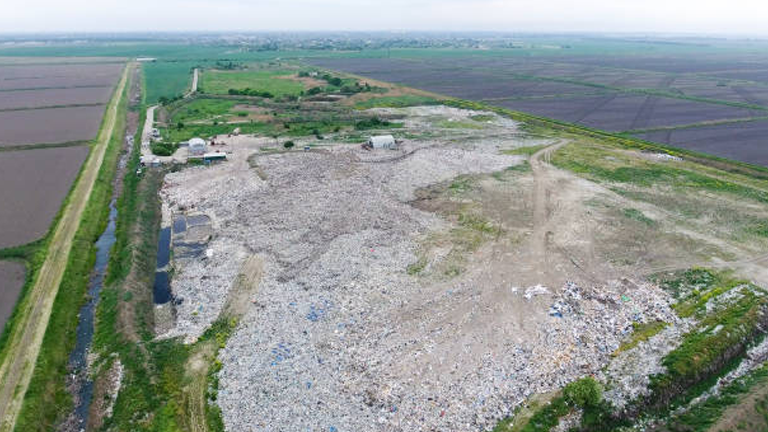
The significance of forest land transactions extends beyond mere property exchanges; they play a crucial role in shaping local and national economies, as well as the ecosystems they encompass. As forests provide essential services such as carbon sequestration, biodiversity conservation, and timber resources, the way these lands are managed and owned can have profound implications on both the economy and the environment.
Table of Content
- Economic Implications of Forest Land Transactions
- Environmental Implications of Forest Land Transactions
- Policy and Regulation of Forest Land Transactions
- Socio-Economic and Cultural Considerations
- Future Trends in Forest Land Transactions
- FAQs
Economic Implications of Forest Land Transactions
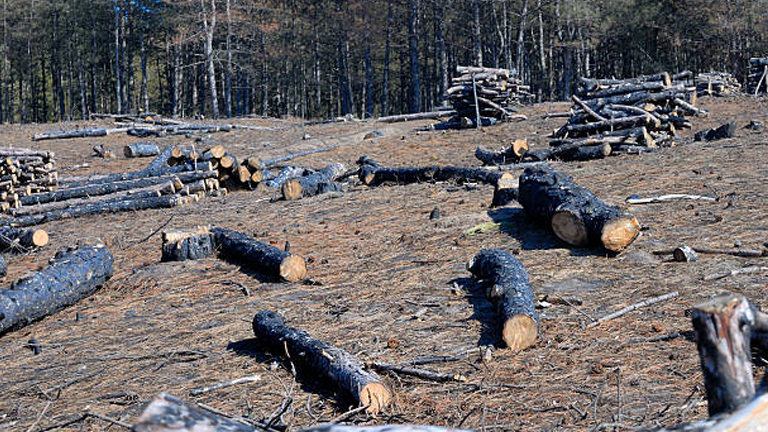
Impact on Local and National Economies
Forest land transactions contribute significantly to the economy by driving GDP growth, particularly in regions where forestry, logging, and related industries are major economic pillars. These transactions often lead to job creation, supporting livelihoods in rural areas, and fostering economic development. From logging to processing timber, the economic ripple effects of these transactions are vast.
Market Dynamics and Forest Land Valuation
The value of forest land is influenced by various factors, including timber prices, land use potential, and broader economic conditions. Supply and demand dynamics play a critical role in determining the market value of forest land. For instance, high demand for timber can drive up land prices, while conservation initiatives might limit supply, further affecting valuations.
Investment and Financial Aspects
Forest land is increasingly viewed as a valuable investment asset, attracting interest from private equity, real estate investment trusts (REITs), and institutional investors. These entities often seek to diversify their portfolios by including forest land, recognizing its potential for long-term financial returns and its role as a hedge against inflation. The involvement of such investors has reshaped the market, influencing land management practices and ownership structures.
Environmental Implications of Forest Land Transactions
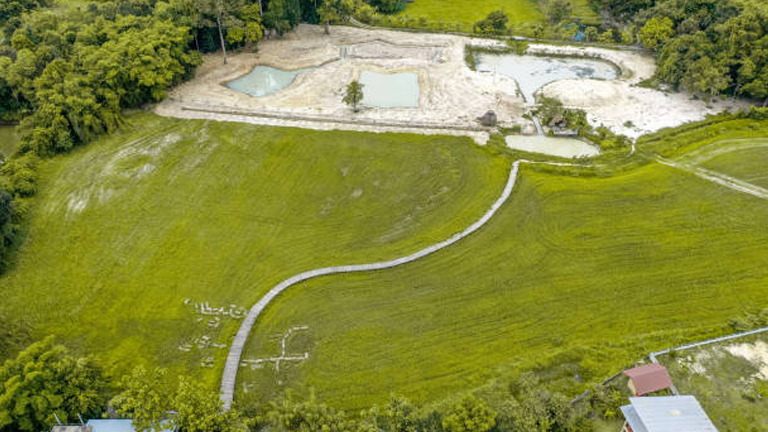
Impact on Biodiversity and Ecosystem Services
Changes in land use resulting from forest land transactions can significantly affect habitats and species diversity. Deforestation, for instance, can lead to the loss of biodiversity and disrupt the ecosystem services that forests provide, such as carbon sequestration and climate regulation. Conversely, transactions aimed at conservation can enhance biodiversity by protecting critical habitats.
Forest Fragmentation and Connectivity
Forest land transactions can contribute to forest fragmentation, where large, contiguous areas of forest are broken into smaller, isolated patches. This fragmentation reduces habitat connectivity, which is vital for the survival of many wildlife species. The resulting loss of biodiversity and ecosystem resilience poses significant challenges to conservation efforts.
Sustainable Land Management Practices
Post-transaction land management practices are crucial in determining the environmental outcomes of forest land transactions. Sustainable forestry practices, such as selective logging and reforestation, can mitigate negative impacts, while unsustainable practices can exacerbate environmental degradation. Case studies highlight both the positive and negative environmental outcomes, emphasizing the need for responsible land stewardship.
Policy and Regulation of Forest Land Transactions

Government Policies and Legal Frameworks
Policies and regulations governing forest land sales play a vital role in ensuring that these transactions align with broader economic and environmental goals. Zoning laws, land use planning, and environmental regulations are essential tools for managing the impacts of forest land transactions. Effective policies can balance the need for economic growth with the protection of environmental resources.
International Agreements and Environmental Standards
Global agreements, such as the Reducing Emissions from Deforestation and Forest Degradation (REDD+) initiative, influence forest land transactions by setting standards for environmental protection. These agreements encourage sustainable practices and aim to reduce the negative impacts of land transactions on ecosystems. Environmental standards, when enforced, can lead to more positive outcomes in forest management.
Socio-Economic and Cultural Considerations
Impact on Indigenous and Local Communities
Forest land transactions often have significant implications for indigenous and local communities, who may rely on these lands for their livelihoods and cultural practices. Conflicts can arise when commercial interests clash with traditional land uses, leading to disputes over land rights and access. Protecting the rights of these communities is crucial for ensuring equitable and sustainable outcomes.
Balancing Economic Development with Environmental Conservation
Achieving a balance between economic development and environmental conservation is a key challenge in forest land transactions. Strategies such as community-led initiatives and conservation easements offer models for aligning economic interests with the need to protect ecosystems. These approaches can help ensure that land transactions contribute to long-term sustainability.
Future Trends in Forest Land Transactions

Emerging Market Trends
The future of forest land transactions is likely to be shaped by emerging trends such as the growing interest in carbon credits, conservation, and eco-forestry. As climate change becomes an increasingly pressing issue, the value of forest land for carbon sequestration and biodiversity conservation is expected to rise, influencing market dynamics.
Technological Advancements and Forest Management
Advances in technology are also reshaping forest land management and transaction practices. Innovations in monitoring, assessment, and valuation tools are enabling more precise and sustainable management of forest resources. These technological advancements are likely to play a crucial role in the future of forest land transactions, supporting better decision-making and more sustainable outcomes.
Frequently Asked Questions (FAQs)
1. What are forest land transactions?
Forest land transactions involve the buying, selling, or transferring of ownership of forested areas. These transactions can be driven by economic interests, conservation goals, or land-use changes.
2. How do forest land transactions impact local and national economies?
Forest land transactions contribute to GDP growth, create jobs in forestry and related industries, and drive local economic development. They can also attract investments from private and institutional investors, influencing economic stability.
3. What factors influence the value of forest land?
The value of forest land is influenced by timber prices, land use potential, market demand, and economic conditions. Environmental factors, such as the presence of valuable ecosystems, also play a role.
4. How do forest land transactions affect biodiversity and ecosystems?
These transactions can lead to changes in land use, impacting habitats and species diversity. While deforestation can harm biodiversity, transactions aimed at conservation can protect and enhance ecosystems.
5. What is forest fragmentation, and how do transactions contribute to it?
Forest fragmentation occurs when large, contiguous areas of forest are broken into smaller patches, reducing habitat connectivity. Land transactions that lead to deforestation or development can exacerbate fragmentation.
6. What are sustainable land management practices in forest land transactions?
Sustainable practices include selective logging, reforestation, and conservation efforts that maintain the ecological integrity of forests. These practices help balance economic gains with environmental protection.
7. What role do government policies play in forest land transactions?
Government policies and legal frameworks regulate forest land transactions, ensuring they align with environmental protection and economic development goals. Zoning laws, land use planning, and environmental regulations are key tools.
8. How do international agreements impact forest land transactions?
International agreements, such as REDD+, set standards for sustainable land use and forest management. These agreements influence how forest land transactions are conducted and ensure that environmental standards are met.
9. How do forest land transactions affect indigenous and local communities?
Transactions can impact indigenous rights, livelihoods, and access to traditional lands. Conflicts may arise when commercial interests clash with the cultural and subsistence needs of these communities.
10. What are the future trends in forest land transactions?
Emerging trends include increasing interest in carbon credits, eco-forestry, and conservation. Technological advancements in monitoring and valuation are also shaping the future of forest land management and transactions.
11. How can economic development be balanced with environmental conservation in forest land transactions?
Strategies such as community-led initiatives, conservation easements, and sustainable land management practices can help align economic development with environmental conservation, ensuring long-term sustainability.
12. What is the significance of forest land as an investment asset?
Forest land is seen as a stable, long-term investment that offers financial returns through timber production, land appreciation, and emerging markets like carbon credits. It also serves as a hedge against inflation.
13. What challenges do forest land transactions pose to ecosystem connectivity?
By contributing to forest fragmentation, transactions can disrupt habitat connectivity, which is crucial for the survival of many wildlife species. This can lead to a decline in biodiversity and ecosystem resilience.
14. How does climate change affect the value and management of forest land?
Climate change can alter the productivity and ecological value of forest land, influencing its market value and management strategies. The increasing focus on carbon sequestration also enhances the significance of forests in mitigating climate change.
15. What role does technology play in the future of forest land transactions?
Technology is revolutionizing forest land management through innovations in remote sensing, GIS, and data analytics. These tools improve monitoring, valuation, and sustainable management practices, making transactions more efficient and environmentally responsible.

Gilbert Griffin
Forestry AuthorGilbert Griffin is a forest management expert specializing in sustainable practices, forest health, conservation, and land management. With extensive knowledge in pest control, disease management, and habitat restoration, Gilbert develops strategies to preserve forest ecosystems and biodiversity. Passionate about the natural world, Gilbert adapts to changes in forest management and stays updated through continuous learning. Gilbert also provides seasonal advice to optimize forest care throughout the year.



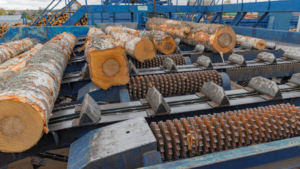


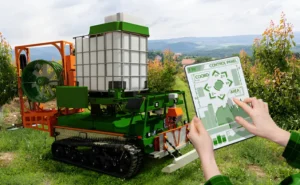




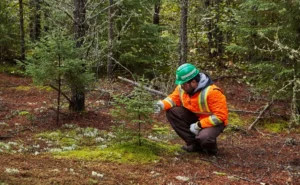

Leave your comment